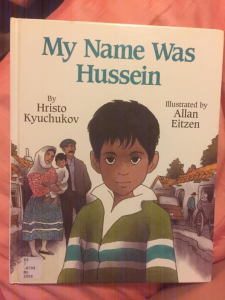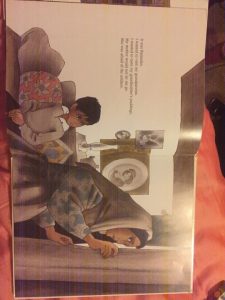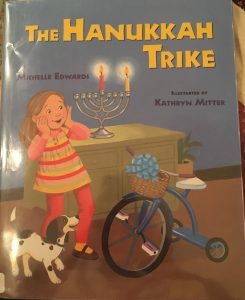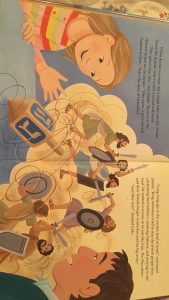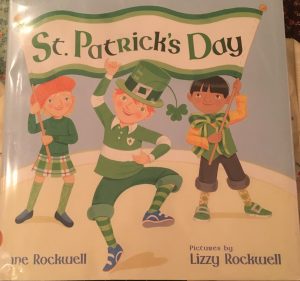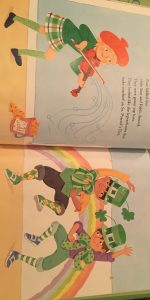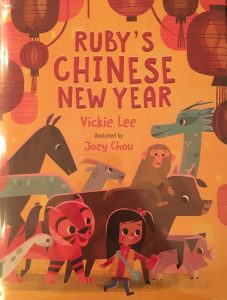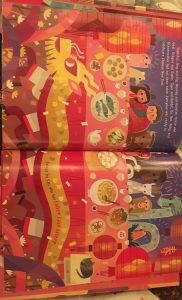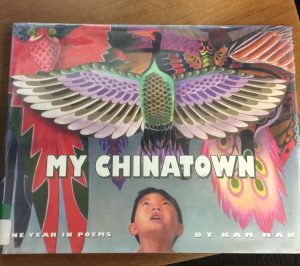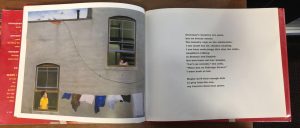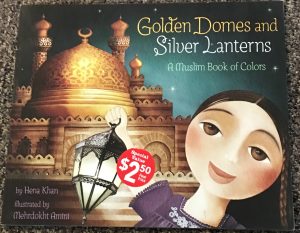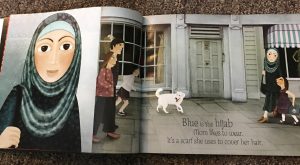Title: My Name Was Hussein
Author: Hristo Kyuchukov
Illustrator: Allan Eitzen
Publisher/ Year: Boyds Mills Press, Inc. 2004
Number of Pages: 26
Tags/Themes: Culture, Diversity, Emotion, Family, Non-Fiction, Holidays, Picture Book, K-5, 6-8, Rebecca Cauthorn
Genre: Non-Fiction
Descriptive Annotation: This is a true story about the author, who grew up in Bulgaria. There is an author’s note at the end of the book which provides further details on the historic events which occurred when the Soviet Union took over Bulgaria. He explains in this author’s note that this story is based on real events which occurred in his childhood. The first half of the book is more upbeat, describing the holiday of Ramadan and the traditions his family carry out. The second half of the book is when he describes what happened when the soldiers came and made them all change their names and stop celebrating their religion. Before reading this book, students would need to know that there have been recurring events of governments taking over countries and forcing the people to change their religions and culture.
Classroom Application: Having this book in the classroom would be a good asset because it would allow students to see that different religions are okay and forcing people to change their religion can be extremely harmful. It is also beneficial because it portrays people of different ethnicity (rather than just Caucasian people), and it would appeal to Social and Emotional Learning Standards by creating a feeling of empathy and understanding for minorities. This book could be used as a supplement to a social science lesson looking at religions or even various instances of violence as a result of religious control (such as the Haulocaust). This book could be beneficial to such a lesson because it would demonstrate that these incidents are not isolated, and have been repeated far too many times throughout history. Most of all, this book should prompt an understanding in students that acceptance of all religions is important and that you shouldn’t judge anyone for their name, ancestry, or religion.
Linguistic and Cultural Diversity Analysis: This book represents the Muslim religion and can be used to generate discussion about religion and religious inequities. Because the author is writing about his own life, I think this book is very honest and does a good job demonstrating first the beauty of his religion, followed by the harm which can come from people trying to change other’s religions. This would also be a good time to allow students to share their own religious beliefs, and confirm that it is okay to believe in whatever you believe in. I would introduce this book to the students by first asking if anyone wanted to share what religion they practice, and then allowing students to discuss their different religions. I would be very careful facilitating this discussion to make sure that people who practice “minority” religions did not feel overlooked or pushed aside—because the whole point is to embrace them! The author has a nice tone shift halfway through the piece when talking about the main holiday, Ramadan. At the beginning he says, “The last day of Ramadan is the best. My father goes to the mosque. When he comes back, he gives us candies. My little brother and I kiss our parents’ hands to say thank you”. Later, he says, “It was Ramadan. I wanted to visit my grandparents. I wanted to taste my grandmother’s puddings. My mother would not let me go. She was afraid of the soldiers.” This tone shift is important to show the effect that the Soviet Union’s Invasion had.
Illustration:
